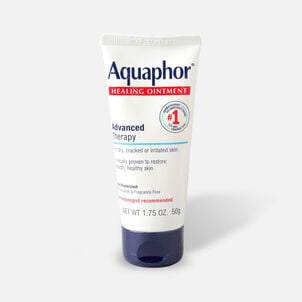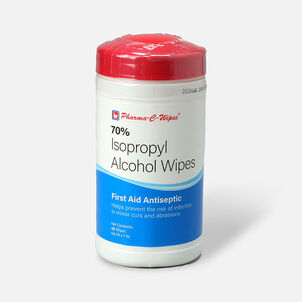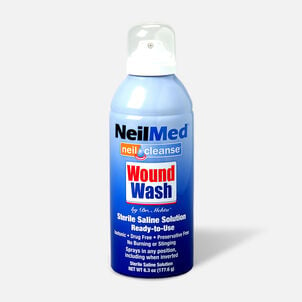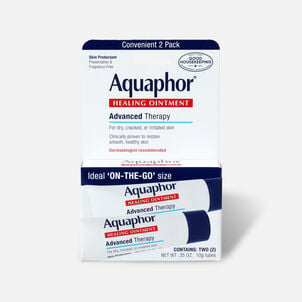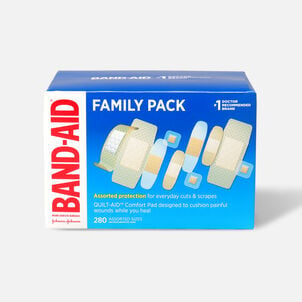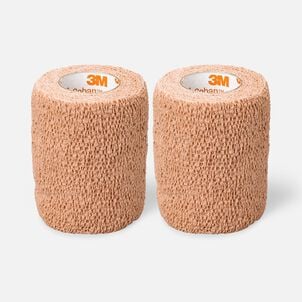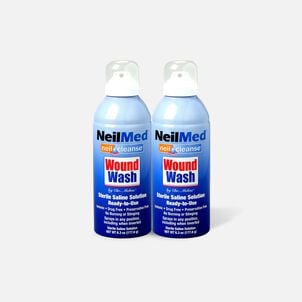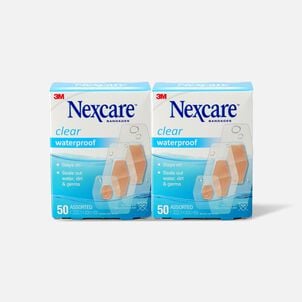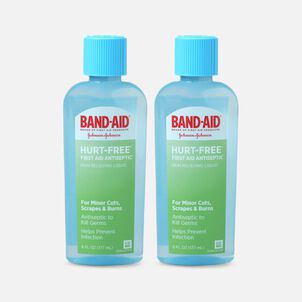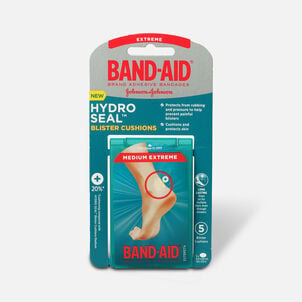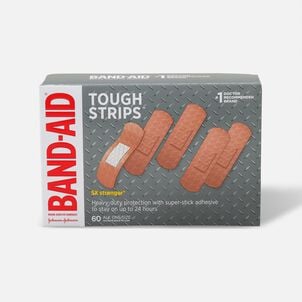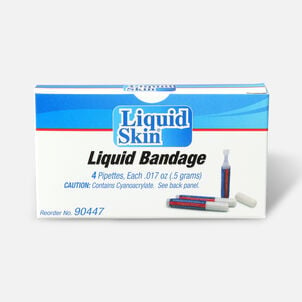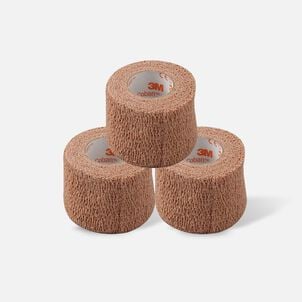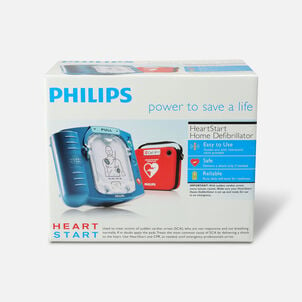The Complete HSA Eligibility List
Here it is — the most-comprehensive eligibility list available on the web. From A to Z, items and services deemed eligible for tax-free spending with your Flexible Spending Account (FSA), Health Savings Account (HSA), Health Reimbursement Arrangement (HRA) and more will be here, complete with details and requirements. Important Reminder: HSAs, FSAs, HRAs and other account types listed may not all be the same. Be sure to check with your administrator to confirm if something is eligible before making a purchase.
Here it is — the most-comprehensive eligibility list available on the web. From A to Z, items and services deemed eligible for tax-free spending with your Flexible Spending Account (FSA), Health Savings Account (HSA), Health Reimbursement Arrangement (HRA) and more will be here, complete with details and requirements. Important Reminder: FSAs, HRAs and other account types listed may not all be the same. Be sure to check with your administrator to confirm if something is eligible before making a purchase.
Home Defibrillator: HSA Eligibility
Home Defibrillator: eligible with a Health Savings Account (HSA)HSA Eligible Home Safety
What is a home defibrillator and how does it work?
A home defibrillator is a device that delivers a jolt of electricity to the patient's chest to correct cardiac arrest and the specific arrhythmias (irregular heartbeats) that cause the heart's electrical system to malfunction. As multiple parts of the heart's pacemaker begin to beat erratically, the heart cannot rhythmically contract to continue pumping blood throughout the body, which can be fatal if it is not corrected (National Heart, Lung, and Blood Institute).
An automated external defibrillator (AED) is the most common type of home defibrillator and is typically used in these situations to deliver a measured electrical shock to the chest cavity using a series of electrodes. The AED shock will stop the heart for just a moment so it can restart its healthy, rhythmic contraction. AEDs are lightweight, battery-operated devices that ideally are operated by trained personnel in tandem with CPR resuscitation, but they are designed with clear instructions so anyone can provide life-saving care in the event of an emergency (American National Red Cross).
The value of a home defibrillator
In the event of sudden cardiac arrest, the chances of survival with just CPR are 5 percent, but when used in tandem with an AED, the odds of survival jump significantly to 75 percent. Defibrillators were confined to hospitals for much of the 20th century until 1965 when Professor Frank Pantridge from Northern Ireland developed the first portable, battery-powered defibrillator.
Even though it was bulky and could weigh almost 150 lbs, Pantridge's defibrillator could be transported in an ambulance and gave first responders invaluable extra minutes to administer care and save countless lives in the process. Today, modern AEDs are as ubiquitous as fire extinguishers and found in millions of public places so paramedics and even ordinary citizens will have what they need to act quickly in a life-threatening situation.


